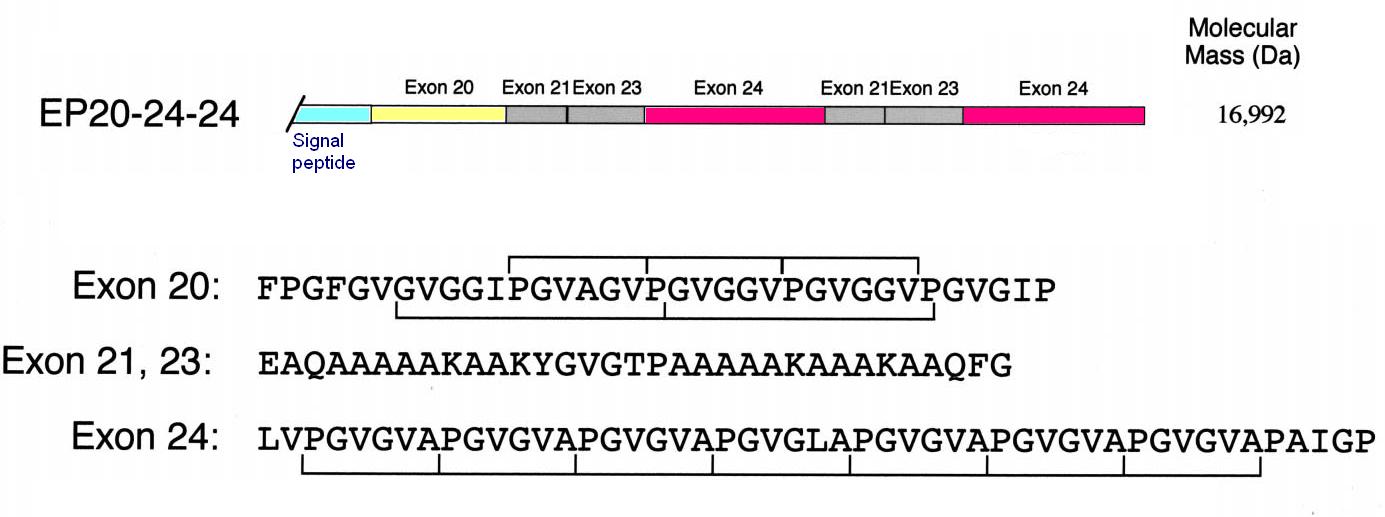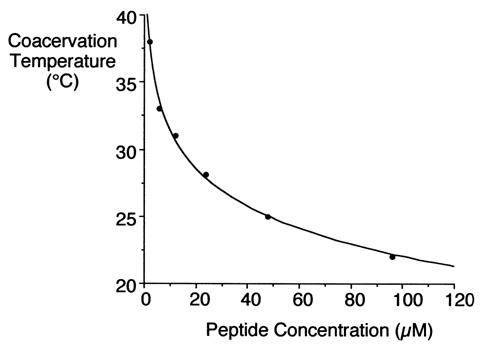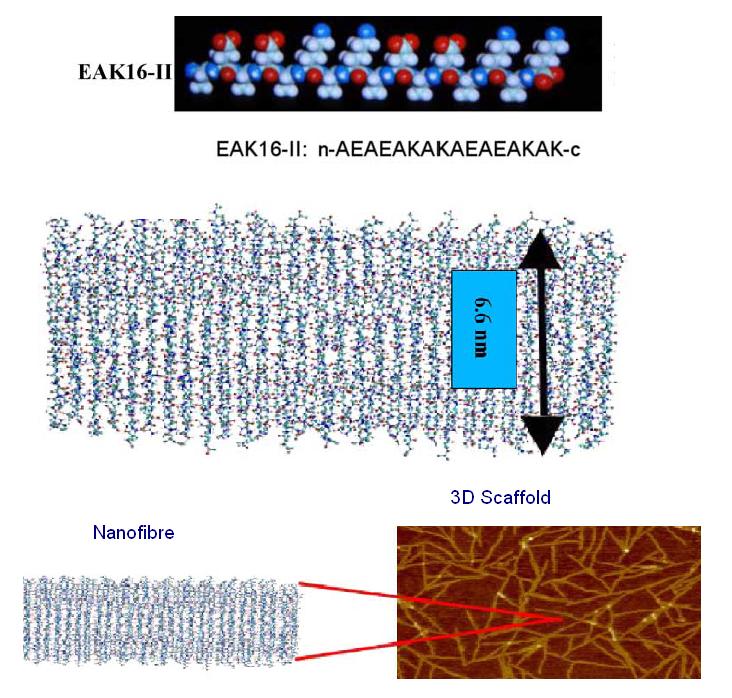Team:Imperial College/Biomaterial Details
From 2008.igem.org
m (Small grammar edits) |
|||
| Line 24: | Line 24: | ||
{{Imperial/Box1|How ''B. subtilis'' can be used in producing material| | {{Imperial/Box1|How ''B. subtilis'' can be used in producing material| | ||
| - | B. subtilis can act as a cell factory producing and secreting proteins. Proteins can be secreted via three major pathways within | + | B. subtilis can act as a cell factory producing and secreting proteins. Proteins can be secreted via three major pathways within B. subtilis: Secretory signal recognition particle ('''Sec-SRP''') pathway, Twin-arginine translocation ('''Tat''') pathway and the ATP-binding cassette ('''ABC''') transporters. The Sec-SRP pathway would be more suitable in this case because it has been well studied in comparison to the two latter pathways. |
====== The process of Sec-SRP-dependent protein secretion ====== | ====== The process of Sec-SRP-dependent protein secretion ====== | ||
| Line 34: | Line 34: | ||
====== Signal Peptides ====== | ====== Signal Peptides ====== | ||
| - | Signal peptides are one of the major players in the production process of proteins. They are responsible for directing preproteins, a secretory protein with a signal peptide region attached, into a pathway. | + | Signal peptides are one of the major players in the production process of proteins. They are responsible for directing preproteins, a secretory protein with a signal peptide region attached, into a pathway. It functions to stop nascent chains mal-folding, recognising and submitting the peptide chain to the secretory machinery, and to act as the topological determinant for preproteins in the membrane. In the case of the sec-type signal peptide, they direct pre-proteins from the cytoplasm into the growth medium. Although different signal peptides show little similarity in amino acid sequence, three distinct domains can be distinguished: a positively charged N-terminus (N-region), a central hydrophobic region (H-region) and a polar C-terminal region (C-region). The C-region commonly carries a type-I SPase cleavage site, with the consensus sequence Ala-X-Ala or Val-X-Ala at positions -1 and -3 relative to the cleavage site. |
| - | At present, about 60% of all commercially available enzymes are produced by Bacillus bacteria due to their huge capacity for secretion. Heterologous proteins that were successfully secreted by Bacillus bacteria include cutinase, α-amylase, proinsulin | + | At present, about 60% of all commercially available enzymes are produced by Bacillus bacteria due to their huge capacity for secretion. Heterologous proteins that were successfully secreted by Bacillus bacteria include cutinase, α-amylase, and proinsulin ({{Ref|4}}, {{Ref|5}}) |
We have shortlisted the following three signal peptides to be transcribed upstream of our gene product: | We have shortlisted the following three signal peptides to be transcribed upstream of our gene product: | ||
Latest revision as of 03:46, 27 July 2009
|
|||||||||||||||||||||||
 "
"





